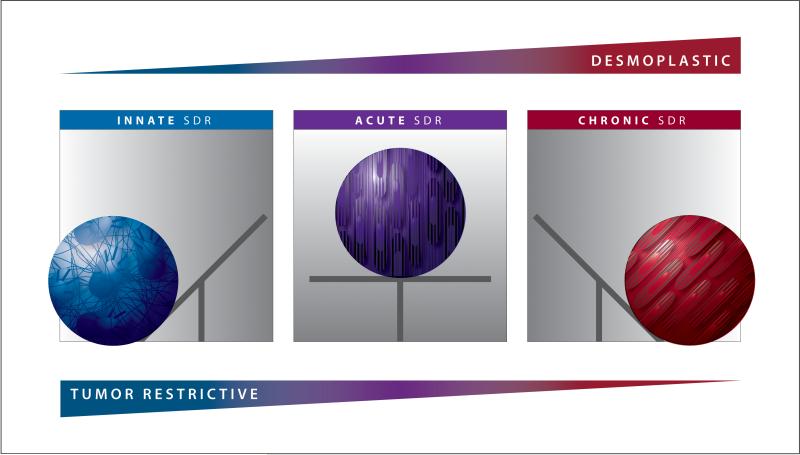Figure 3. Stromal Dynamic Reciprocity model illustrating the likely peril of desmoplastic ablation.
Innate SDR is the natural homeostatic stromal state in which tumor onset is repressed. When this environment is provisionally threatened (e.g., during infection or wounding), the innate homeostatic equilibrium transitions to a new, albeit short lived, homeostatic state: the acute SDR. In this homeostatic state, tissue repair is maintained until restoration is achieved. Following successful repair, and often after an acellular scar is formed, the system shifts or “tilts” back to the innate (tumor suppressive) homeostatic equilibrium. However, in the absence of wound resolution such as in the case of chronic inflammation and/or cancer, the acute SDR system is further sustained thus shifting the balance towards a third (chronic SDR) homeostatic equilibrium. During each of these transitions, extracellular and intracellular interactions are biophysically conveyed via the actomyosin cytoskeleton, which serves as a “conduit” transferring these mechanical cues amid cells and ECM. Note that this model suggests that a threat to the environment weakens the tumor restrictive (innate) capabilities in which, if not repaired (tilted back) in a timely fashion, cancer will be allowed to ensue (i.e., accompanied by a chronic/desmoplastic state). Additionally, this model proposes that ablation of chronic/desmoplastic SDR eliminates the possibility of shifting the system back to the innate tumor restrictive state.

